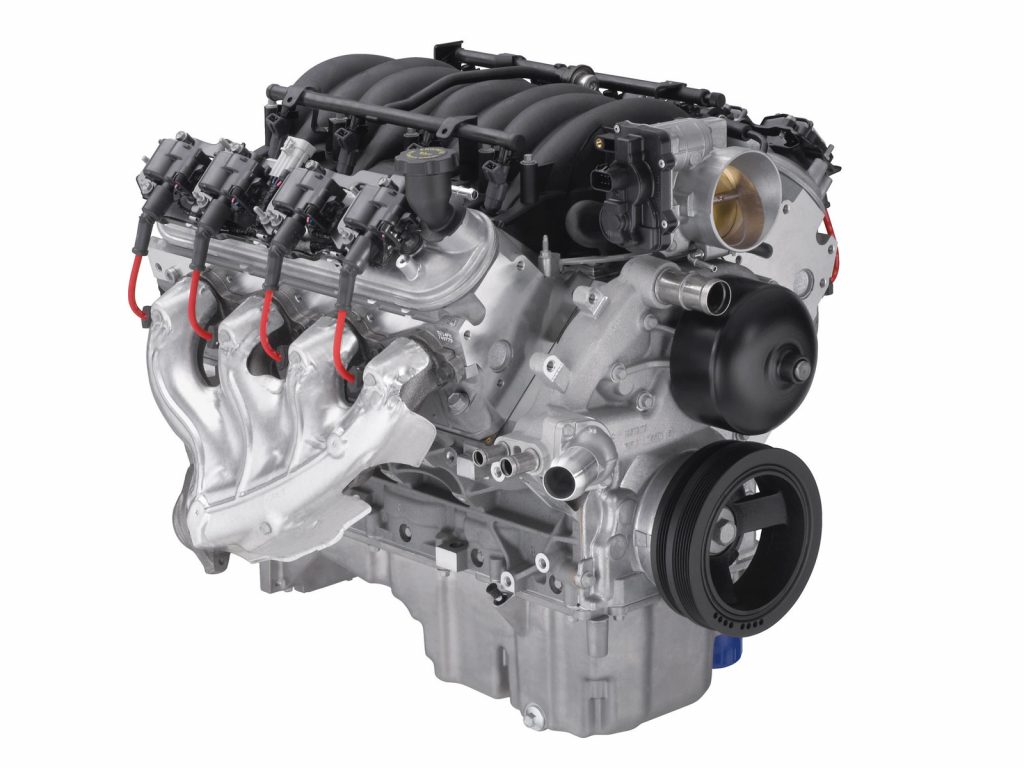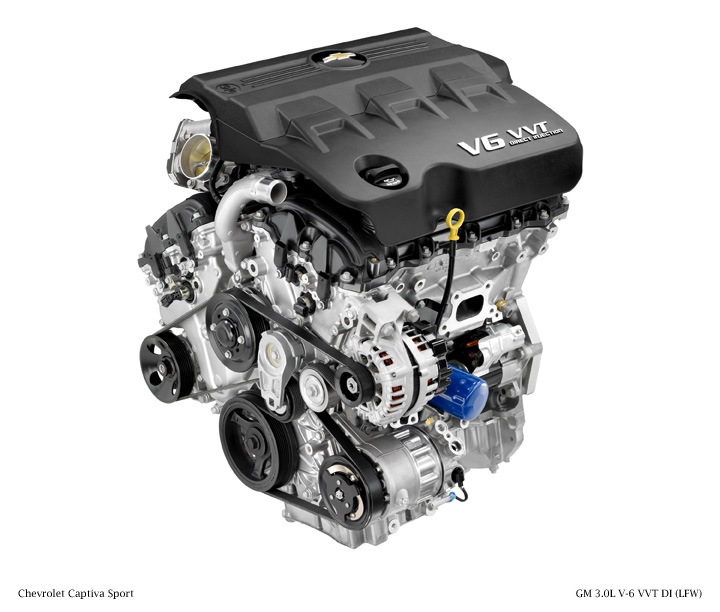Unlocking the Secrets of the GM 4.3L Engine: Specs, Power, and More
Ever wondered what makes the GM 4.3 liter engine tick? This workhorse has powered everything from trucks and vans to boats, earning a reputation for reliability and versatility. Let's explore the intricacies of this engine, delving into its specifications, history, and performance potential.
The GM 4.3L, also known as the Vortec 4300, is a small-block V6 engine produced by General Motors. Understanding the 4.3 liter engine specs is crucial for anyone considering a vehicle powered by this engine, or for those who already own one and want to maximize its performance and longevity. This article will provide a comprehensive overview of the GM 4.3 liter engine's technical details, its evolution, and its significance in the automotive world.
The 4.3 liter engine specifications reveal a balance of power and efficiency. Its design emphasizes torque, making it ideal for hauling and towing applications. From its bore and stroke dimensions to its compression ratio and fuel system, each specification plays a role in the engine's overall performance characteristics. We'll break down these specifications to provide a clear understanding of what makes this engine unique.
The story of the GM 4.3L begins with its roots in the Chevrolet small-block V8. Essentially a V8 with two cylinders removed, the 4.3L inherited the robust design and reliability of its larger sibling. Over the years, it has undergone various improvements, incorporating advancements in fuel injection, emissions control, and overall performance. This evolution has solidified its place as a dependable and versatile engine choice.
The GM 4.3L has found its way into a wide range of vehicles, including the Chevrolet S-10, Blazer, Astro, and GMC Sonoma, among others. Its popularity stems from its balance of power, fuel efficiency, and compact size, making it suitable for various applications. Understanding its historical context and diverse applications helps to appreciate the engine's impact on the automotive landscape.
One common issue associated with the 4.3L engine is intake manifold gasket leaks. These can lead to coolant loss and other problems. Regular maintenance and addressing potential issues proactively are crucial for ensuring the engine's longevity. This article will also address common problems and offer solutions to keep your 4.3L running smoothly.
The GM 4.3L engine boasts a robust cast-iron block and cylinder heads, contributing to its durability and longevity. Understanding these core components provides insights into the engine's construction and its ability to withstand demanding conditions.
Advantages and Disadvantages of the GM 4.3L Engine
| Advantages | Disadvantages |
|---|---|
| Good Torque for Towing and Hauling | Can be less fuel-efficient than newer engines |
| Relatively Simple Design for Maintenance | Intake manifold gasket leaks can be a common issue |
| Widely Available Parts and Knowledgeable Mechanics | Limited power compared to larger V8 engines |
Frequently Asked Questions about the GM 4.3L Engine:
1. What is the typical lifespan of a GM 4.3L engine? - With proper maintenance, these engines can often last 200,000 miles or more.
2. What type of fuel does the GM 4.3L use? - Regular unleaded gasoline.
3. What is the towing capacity of a vehicle with a 4.3L engine? - This varies depending on the vehicle and configuration, but typically ranges from 4,000 to 6,000 pounds.
4. Are performance parts available for the 4.3L engine? - Yes, various aftermarket performance parts are available, such as intake manifolds, exhaust systems, and camshafts.
5. What is the firing order of the 4.3L V6? - 1-6-5-4-3-2.
6. Is the 4.3L V6 an interference engine? - No, it is a non-interference engine.
7. How often should the oil be changed in a 4.3L V6? - Every 3,000-5,000 miles, or as recommended by the vehicle's owner's manual.
8. What are common signs of a failing intake manifold gasket? - Coolant leaks, overheating, and white smoke from the exhaust are potential indicators.
Tips and Tricks for the GM 4.3L Engine: Regular oil changes are essential. Use quality engine oil and filters. Check for coolant leaks regularly. Addressing potential issues early can prevent major repairs down the line.
In conclusion, the GM 4.3 liter engine, with its decades-long history and versatile applications, remains a significant player in the automotive world. From its robust design and towing capabilities to its relatively straightforward maintenance, the 4.3L offers a balance of power and practicality. While some common issues exist, like the potential for intake manifold gasket leaks, proactive maintenance can significantly extend the engine's lifespan. Understanding the GM 4.3L engine specs is crucial for owners and prospective buyers alike. By appreciating its strengths, addressing its potential weaknesses, and following proper maintenance practices, you can maximize the performance and longevity of this dependable workhorse. Whether you're hauling a trailer, navigating city streets, or exploring off-road trails, the GM 4.3L engine continues to be a reliable and versatile powerplant. Its widespread use and readily available parts ensure its continued relevance in the automotive landscape. Investing time in learning about its specifications, history, and maintenance requirements will undoubtedly contribute to a positive ownership experience. The GM 4.3L engine is more than just a powerplant; it's a testament to the enduring legacy of a robust and versatile design.
Unlocking linguistic puzzles the enigma of bugtong bugtong with answer hard
Craving authentic chinese in plano mei mei china restaurant is calling
Unlocking opportunities the power of surat permohonan kunjungan kerja














